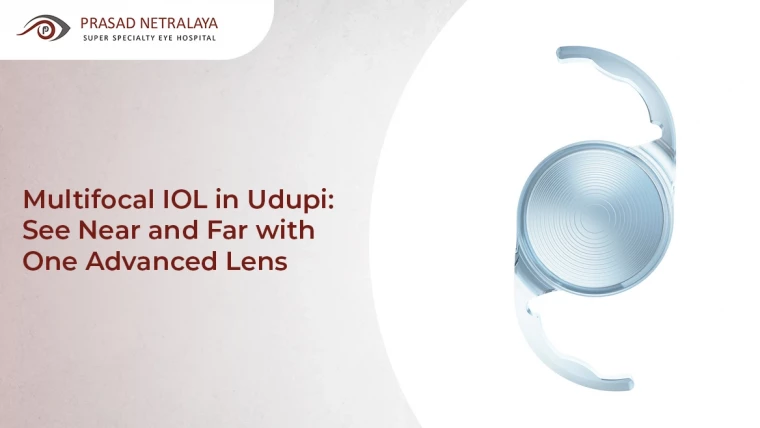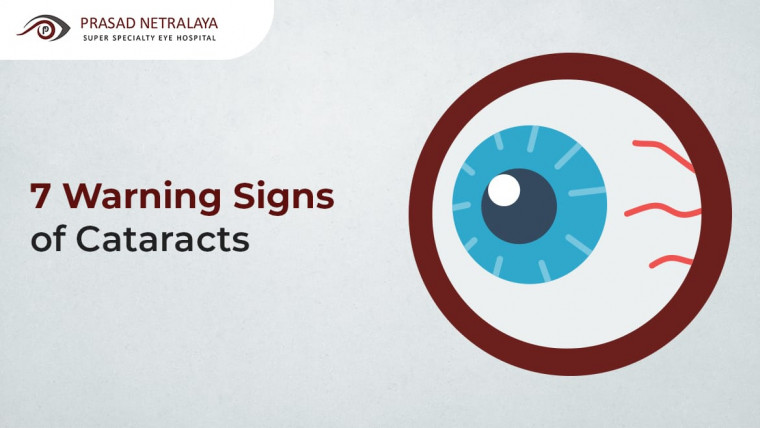Cataracts can cloud more than just your vision; they can deteriorate your quality of life.
In this article, we will shed light on the subject of cataract awareness, understand what they are, and ways you can prevent and treat them.
Table of Contents
What Is a Cataract?
A cataract is a cloudy area that forms on the lens of the eyes, leading to blurry or dim vision. While it’s not painful, a cataract can significantly impair your vision if you leave it untreated.
Three Kinds of Cataracts
Cataracts are of three kinds: nuclear, cortical, and posterior subcapsular.
Here’s a quick breakdown of each of them.
1. Nuclear Cataracts
Nuclear cataracts develop in the centre of the lens (known as the nucleus).
As the cataract progresses, the nucleus may turn yellow or brown.
While this type of cataract can cause a temporary improvement in your reading vision, it generally impairs your overall vision over time.
2. Cortical Cataracts
Cortical cataracts first appear as whitish, wedge-shaped opacities or streaks on the outer edge of the lens cortex.
As it progresses, the cataracts extend to the centre and interfere with light passing through the centre of the lens. They may lead to glare and problems with depth perception.
3. Posterior Subcapsular Cataracts
These start as a small, opaque area that usually forms near the back of the lens, right in the path of light.
They often interfere with reading vision, reduce vision in bright light, and cause halos or glare around lights. They tend to progress faster than other types.
Cataract Symptoms
Here are some common symptoms associated with cataracts:
- Blurred, hazy, or less colourful vision
- Night vision problems
- Sensitivity to light and glare
- Seeing halos around lights
- Frequent changes in eyeglasses or contact lens prescription
- Fading or yellowing of colours.
- Double vision in a single eye
- Trouble seeing bright lights
- Difficulty reading due to reduced black-white contrast
- Need for brighter light for reading or other activities
Risks for Cataracts
Having a risk factor for cataracts doesn’t necessarily mean you’ll develop the condition. However, they increase the chances.
Here are some common risks associated with cataracts development:
- Ageing (cataracts are most commonly a result of the ageing process)
- Having diabetes
- Smoking and tobacco use
- Obesity
- Previous incidence of eye injury or inflammation
- Previous eye surgery
- Prolonged use of corticosteroid (anti-inflammatory) medications
How To Prevent Cataracts?
You can prevent cataracts by taking strict measures to live an active and healthy lifestyle. While it’s not always possible to prevent cataracts (due to factors like ageing), you can take steps to delay their onset or slow their progression.
Here are eight ways you can prevent cataracts:
- Regular eye examinations: Going for regular eye exams can help you detect cataracts or other eye problems in their early stages.
- Protect your eyes from UV light: Wear sunglasses that block ultraviolet (UV) rays and a hat with a brim to protect your eyes from the sun.
- Eat a healthy diet: Include plenty of fruits and vegetables in your diet. These foods are high in antioxidants, which may help to prevent cataracts.
- Manage other health problems: By keeping diabetes and other medical conditions in check, you can manage symptoms of cataracts by extension.
- Maintain a healthy weight: Since obesity increases your risk of cataracts, maintaining a healthy weight through a balanced diet and regular exercise can help.
While these measures won’t guarantee you’ll never develop cataracts, they can help maintain your eye health.
Cataract Treatment
Cataract treatment can be divided into non-surgical and surgical treatments.
Non-Surgical Treatment –
- Eyeglasses or contact lenses: In the early stages of cataracts, vision can often be improved with prescription eyeglasses or contact lenses. These can help correct refractive errors caused by the cataract, temporarily.
- Monitoring: Regular eye examinations are essential for monitoring the progression of cataracts. Your eye care professional will recommend the appropriate frequency of check-ups based on your condition.
Surgical Treatment
When cataracts significantly impair vision or daily activities, surgery is the most effective treatment option. The procedure involves removing the clouded lens and replacing it with an artificial intraocular lens (IOL) to restore clear vision. The procedure done is Phacoemulsification surgery:
- Phacoemulsification: Phacoemulsification is a surgical procedure used to treat cataracts using a small ultrasound probe to break up the cataract and suction out the fragments. The procedure is minimally invasive, safe, and typically takes only a few minutes.
After cataract surgery, your eye care professional will give post-operative care instructions, including medications, activity restrictions, and follow-up appointments to ensure proper healing and vision improvement.
Get the Cataracts Treatment You Deserve at Prasad Netralaya
While cataracts aren’t fatal, not treating them can negatively affect your quality of life, and at worst, cause blinding.
Understanding the symptoms and prevention measures are key to cataract awareness.
If you or a loved one is suffering from cataracts, we invite you to book an appointment with one of our eye specialists at Prasad Netralaya Eye Hospital.
Visit our website today to learn more.



